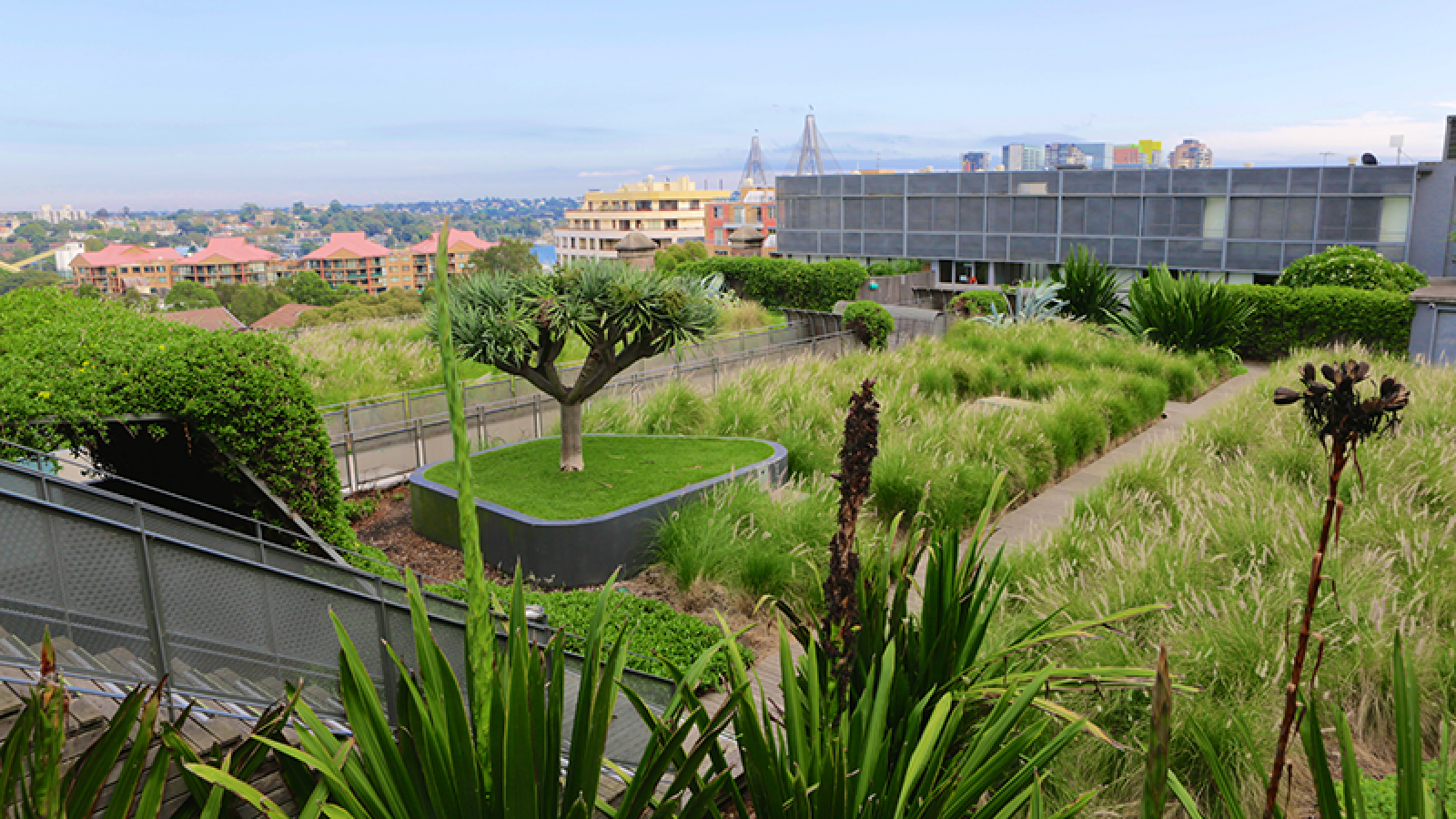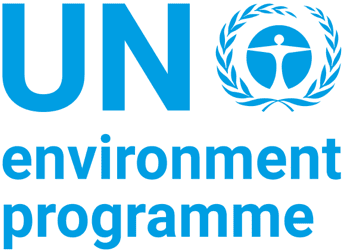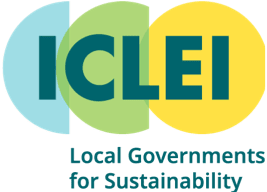Terra Virsilas
Nature-Based Solutions
Explore how cities around the world are turning to Nature-based Solutions to tackle some of their most pressing challenges. Find out about the key elements needed to implement contextually appropriate, multifunctional and cost-effective Nature-based Solutions in global South cities.
Click to enroll in: English | Spanish | French | Portuguese | Bahasa Indonesia | Mandarin
Nature-based Solutions (NbS) are increasingly being recognized for their ability to bring social, economic and environmental benefits to cities worldwide. This multifunctionality allows cities to address several crises simultaneously, such as building adaptation and resilience to a changing climate, supporting and creating sustainable livelihoods, and improving quality of life for growing urban populations.
However, existing policies, governance structures, and funding and financing mechanisms often reflect a poor understanding of the goals and benefits of urban Nature-based Solutions, making it difficult for NbS projects to gain traction.
In this course, we bring the challenges to implementing NbS projects in global South cities to the forefront, highlighting:
- The importance of understanding and quantifying natural systems in cities
- Methodologies to capture the value of ecosystem services and leverage this information to improve decisionmaking
- Tools for good governance and stakeholder engagement, prioritizing trust-building and empowering marginalized communities
- Monitoring and evaluation processes that can track impact, bridge the gap and build the financial case for future NbS projects
- Funding and financing mechanisms for NbS within the context of the Global South, showcasing success stories from peer cities
- The need to implement NbS in an equitable and inclusive way
By the end of the course, urban pracitioners will have gained the tools and information needed to champion NbS in their own cities.
LEARNING OBJECTIVES
This course will give you an overview of the vital role that nature plays in sustainable urban development, and practical tools and resources for integrating nature into cities.
Prioritize NbSRecognize why cities should prioritize Nature-based Solutions in response to urban challenges. |
Applications of NbSUnderstand the different applications of NbS in an urban and peri-urban context. |
Benefits & Co-benefits of NbSRecognize the benefits and co-benefits of NbS, understand how to take stock of and assign value to those benefits, and recommend multifunctional NbS for greater impact. |
Stakeholder EngagementIdentify a broader landscape of stakeholders and learn strategies for engaging these groups for optimum success. |
Barriers to ImplementationAcknowledge the common challenges for creating a good enabling environment (finance, governance, policymaking) to implementing NbS in cities across the global South, and develop strategies to overcome barriers. |
Localized SolutionsAdapt and apply global concepts and solutions to local context. |
- Duration
-
8 hours
- Institution
-
World Resources Institute
- Languages
-
English, French, Spanish, Portuguese, and Bahasa Indonesia (Mandarin Chinese coming soon)
Course Outline
Section 1The concept of Nature-based Solutions is new to some and the application and purposes are not often well-known or well understood. The course begins with an introduction to NbS by exploring some of the major urban challenges facing cities around the world, such as urban heat, flooding, and drought. We explore how Nature-based Solutions are being used in and around cities to build resilience and adapt to a changing climate. Different types of NbS interventions are discussed and evaluated across different scales, providing a foundation upon which the rest of the course will build. |
Section 2In order to understand the loss of of nature in and around cities, and to recognize the opportunities that restoring nature can bring, cities must first acknowledge and capture the full range of benefits that nature provides to people. Section 2 moves beyond benefits to discuss the co-benefits of NbS and how to identify and assign value to the ecosystem services provided by nature. We highlight how NbS can be used as multi-functional solutions that also address economic and social challenges. We introduce the concept of valuing the benefits of nature, and explain why cities must take stock of their existing natural infrastructure, using different methodologies, to establish an understanding of what is at stake when urban development threatens to replace or degrade these valuable ecosystems. |
Section 3Executing successful Nature-based Solutions requires long-term commitment, a diversity of skillsets and partnerships, and a clear plan for engagment, communication and adaptive mangement. In Section 3, we explain the need for improving governance structures horizontally, vertically and with a broader range of stakeholders, to create trust and secure the viability of NbS projects. In particular, we focus on creating inclusive and equitable stakeholder engagement processes that allow NbS projects to be co-created with communities that have historically been excluded from decision-making in their cities. We provide tools and resources to help identify, seek out, and communicate with these groups, set within a broader stakeholder engagement paradigm. |
Section 4From a global to local scale, we are seeing an uptake in policies that are legitimizing and enabling NbS interventions. Yet, there remain many hurdles within the policy environment, down to the project implementation and evaluation phases. In Section 4, we introduce international and national level policies shaping the agendas of cities around the world, and discuss how cities are responding to these mandates. From there, we move downstream to explore the project cycle of NbS and how both developers and the public sector can build on the lessons presented from the previous section, including robust stakeholder engagement processes, project site evaluation, and the identification of policies and regulations that can create stumbling blocks for the project. |
Section 5Nature-based Solutions are often overlooked by private investors because it is easier to make the financial case for traditional, gray infrastructure projects. Given that public budgets are already constrained, this gap in bankability has been a major challenge for NbS to scale-up as quickly as needed. In Section 5, we confront the realities of existing funding and financing mechanisms for cities in the Global South, along with the challenges of establishing creditworthiness. We reiterate the need for cities to quantify their natural capital to make economically sound decisions about where and how to grow, protect, restore and create natural infrasturcure. We underscore the need for funding monitoring and evaluation of NbS pilots to establish the business case for future projects. And we draw on examples of successful public-private partnerships and other financing mechanisms that are being leveraged around the world to implement NbS. |
Course Authors
COLLABORATORS & REVIEWERS
- Harriet Bulkeley, Faculty Dean for Research, Durham University
- John-Rob Pool, UrbanShift Manager, World Resources Institute
- Laura Bulbena, Especialista en soluciones basadas en la naturaleza, WRI Colombia
- Margaux Ginestet, Cities Unit/Industry and Economy, UNEP
- María Angélica Mejía Pimienta, Program Coordinator for Policy, Legislation and Decision Making, Humboldt Institute
- Mariana Orloff, Associate II, World Resources Institute
- Robin King, Director of Knowledge Capture and Collaboration, World Resources Institute
- Silvia Duque, Research Analyst, WRI Colombia
- Suzanne Ozment, Senior Associate, World Resources Institute
- Viola Follini, Project Manager C40 UrbanShift/ Climate Finance, Knowledge and Partnerships
- Dr. Eszter Mogyorosy, Head of Innovative Finance, ICLEI World Secretariat
- Olga Horn, Senior Officer, Circular Development, ICLEI World Secretariat
- Magashen Naidoo, Head of Circular Development, ICLEI World Secretariat
- Ji Xu, Program Coordinator, ICLEI East Asia Secretariat Beijing Office







